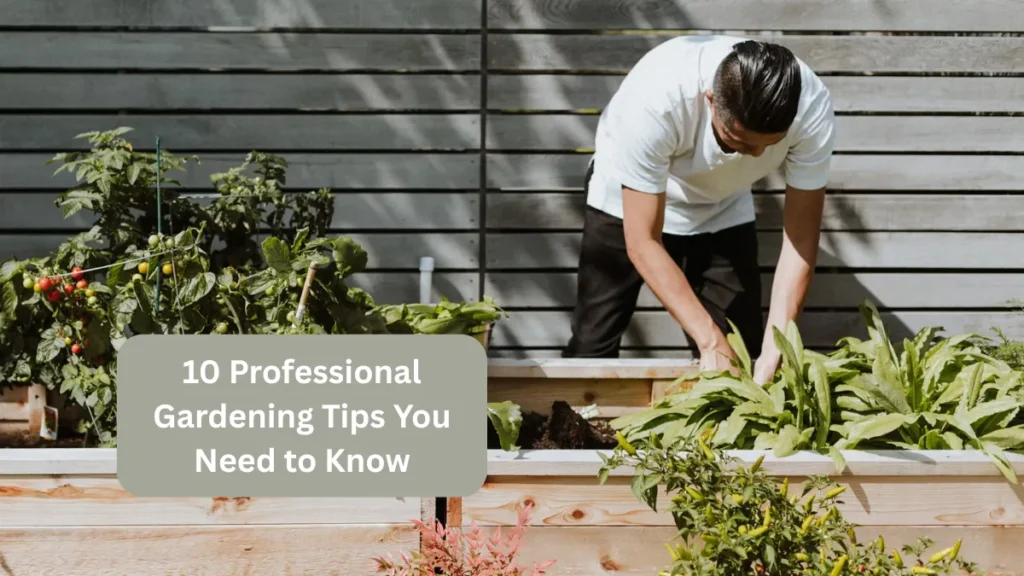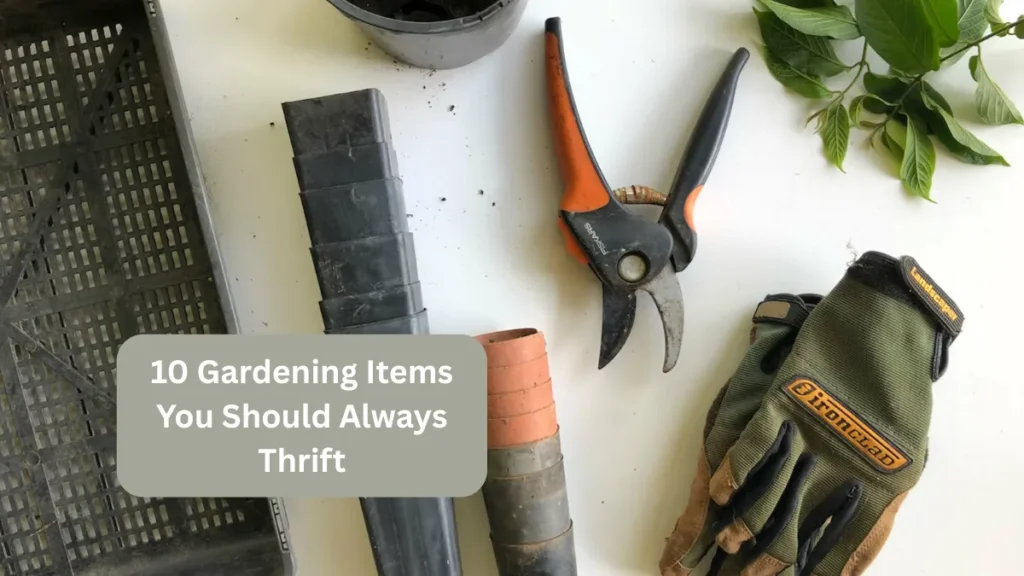Starting a home garden is an exciting journey—but with so many gardening methods out there, choosing the right one can feel overwhelming. Your ideal method depends on your space, climate, time commitment, and what you want to grow. Whether you’re growing veggies, herbs, flowers, or all of the above, there’s a method that fits your lifestyle.
Let’s break down some popular gardening methods to help you find the perfect fit for your home garden.
1. Traditional In-Ground Gardening
Best For: Large yards, good soil quality, and full-sun areas
This classic method involves planting directly into the earth. It’s ideal for gardeners who have plenty of space and decent soil. With in-ground beds, you can grow a wide variety of plants, but you’ll need to manage weeds and soil health.
Pros:
- Affordable
- Natural soil drainage
- Suitable for large-scale growing
Cons:
- Labor-intensive
- Requires healthy, fertile soil
- More prone to weeds and pests
2. Raised Bed Gardening
Best For: Beginners, poor native soil, or those wanting easy maintenance
Raised beds are framed boxes filled with soil and placed above ground level. They make gardening easier on your back and give you more control over soil quality. Ideal for growing vegetables and herbs in an organized way.
Pros:
- Great drainage
- Fewer weeds
- Easier to manage soil and pests
Cons:
- Initial cost to build
- Needs regular watering in hot climates
3. Container Gardening
Best For: Small spaces, balconies, or patios
If you don’t have a yard, container gardening is perfect. You can grow plants in pots, buckets, or any container with good drainage. It’s great for growing herbs, tomatoes, and flowers.
Pros:
- Flexible placement
- Easy to move plants
- Minimal space needed
Cons:
- Limited root space
- Requires frequent watering and fertilizing
4. Vertical Gardening
Best For: Urban areas, balconies, or maximizing small spaces
Vertical gardening means growing plants upward using trellises, wall planters, or hanging systems. It’s ideal for climbing plants like beans, cucumbers, or ornamental vines and also for herbs in stacked planters.
Pros:
- Saves floor space
- Adds greenery to walls
- Can be very decorative
Cons:
- May need strong support structures
- Limited to specific plant types
5. Hydroponic Gardening
Best For: Indoor gardeners and tech-savvy growers
Hydroponics grows plants without soil—using nutrient-rich water solutions instead. It’s becoming more popular in urban settings and for growing leafy greens indoors year-round.
Pros:
- Faster plant growth
- No soil required
- Water-efficient
Cons:
- Higher initial cost
- Requires regular monitoring and maintenance
6. Square Foot Gardening
Best For: Beginners and those with small garden plots
This method divides a raised bed into 1-foot squares, each dedicated to a different crop. It maximizes productivity in small spaces and is beginner-friendly.
Pros:
- High yield in a small area
- Easy to plan and manage
- Reduces plant waste
Cons:
- Limited root space for large plants
- Requires some upfront planning
7. Permaculture Gardening
Best For: Eco-conscious gardeners with time to invest
Permaculture mimics natural ecosystems, emphasizing sustainability and self-sufficiency. It’s about working with nature, using techniques like companion planting, mulching, and composting.
Pros:
- Environmentally friendly
- Builds long-term soil health
- Reduces water and chemical use
Cons:
- Time-consuming setup
- Requires planning and patience
Conclusion
Choosing the right gardening method depends on your goals, space, and how much time you’re willing to spend. If you’re short on space, container or vertical gardening might be your best bet. Want to grow food efficiently? Raised beds or square foot gardening are great. Prefer sustainability? Explore permaculture or hydroponics. Try starting small and see what works best for you—your perfect garden method might be a mix of several styles.
FAQs
1. What’s the easiest gardening method for beginners?
Raised bed and container gardening are great for beginners due to their ease of use and low maintenance.
2. Which gardening method saves the most space?
Vertical gardening is perfect for small areas like balconies or patios.
3. Can I mix gardening methods?
Absolutely! Many home gardeners combine containers, raised beds, and vertical elements for flexibility and variety.
4. Is hydroponic gardening better than soil gardening?
Hydroponics can offer faster growth and better yield but requires more setup and monitoring.


